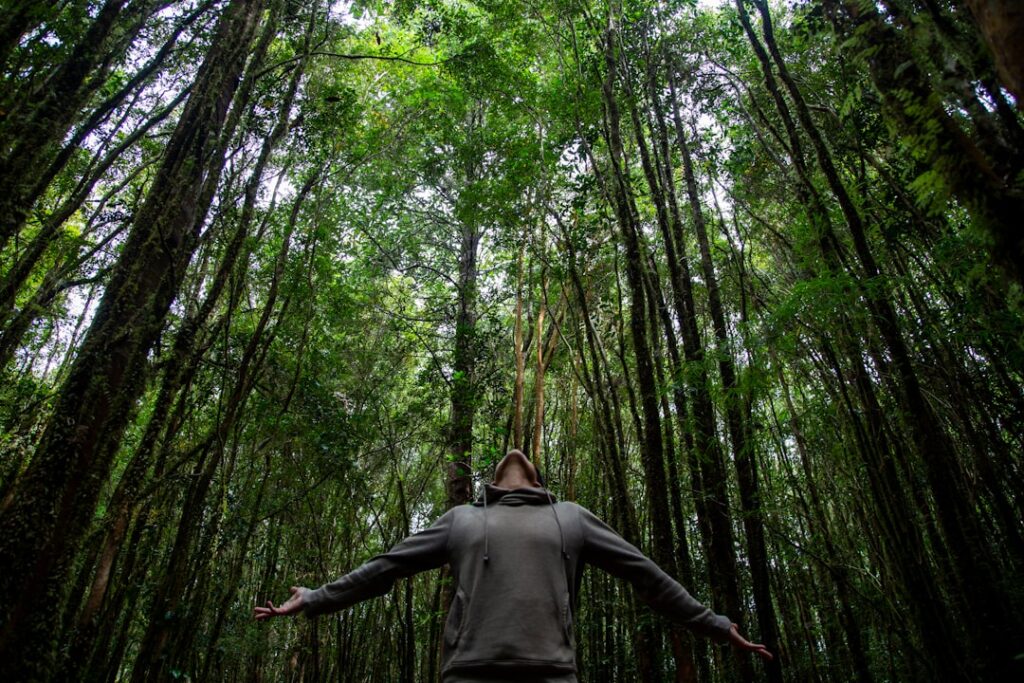The intersection of art and artificial intelligence (AI) paints a vivid picture of the future of digital art creation. Innovative AI tools are not only transforming the way artists create but also redefining the concept of creativity itself. Let’s take a closer look at how AI is revolutionizing the world of digital art.
AI: A New Brush for Artists
Artificial intelligence is proving to be a potent tool in the hands of artists. AI-powered software can generate stunning visuals, create intricate patterns, and even mimic famous art styles. For instance, Google’s DeepArt uses a technique called style transfer to transform user-uploaded images into artworks in the style of notable artists. This technology is not replacing artists but rather empowering them with new ways to express their creativity.
The Rise of Generative Art
Generative art, where algorithms are used to generate visuals, has been given a significant boost with the advent of AI. Complex algorithms can now create art that is strikingly complex and beautiful. One of the most popular generative art tools is Runway ML, which provides artists with an intuitive interface to design and create AI-powered art. This tool helps artists create unique pieces that may not have been possible with traditional methods.
AI in Art Curation
AI is not only transforming the creation of art but also its curation. AI algorithms can analyze and understand art pieces, helping curators to categorize, interpret, and even suggest artwork to viewers based on their preferences. An example of this is the Artsy app, which uses AI to provide personalized art recommendations to users.
Blockchain and AI in Art
The integration of blockchain technology with AI is also impacting the digital art world. Blockchain provides a secure platform for artists to sell their digital artwork as NFTs (Non-Fungible Tokens), ensuring the traceability and uniqueness of each piece. AI, on the other hand, can create unique artworks, increasing the value of digital art. ArtNome, a platform for cataloging and selling digital art, is a perfect example of this synergy.
Challenges and Ethical Considerations
While AI is transforming digital art creation, it also poses challenges and ethical considerations. Issues of copyright and authorship arise when AI creates art. Determining whether the artist, the programmer, or the AI itself owns the rights to the artwork is a complex question. Furthermore, AI can potentially be used to create deepfake art, posing risks to authenticity and trust in the digital art world.
The intersection of art and AI is a dynamic and evolving landscape. It presents exciting opportunities for artists, curators, and art lovers, but it also poses tough questions regarding ownership, authenticity, and the nature of creativity itself. As we continue to explore this crossroads, it’s clear that AI will play a significant role in shaping the future of digital art.

